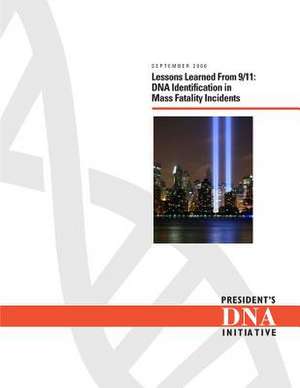Lessons Learned from 9/11
Autor U. S. Department Of Justice, National Institute of Justice, Programs, Office of Justiceen Limba Engleză Paperback
Preț: 124.22 lei
Nou
Puncte Express: 186
Preț estimativ în valută:
23.77€ • 25.81$ • 19.97£
23.77€ • 25.81$ • 19.97£
Carte disponibilă
Livrare economică 01-15 aprilie
Preluare comenzi: 021 569.72.76
Specificații
ISBN-13: 9781478262824
ISBN-10: 1478262826
Pagini: 160
Dimensiuni: 216 x 279 x 9 mm
Greutate: 0.39 kg
Editura: CREATESPACE
ISBN-10: 1478262826
Pagini: 160
Dimensiuni: 216 x 279 x 9 mm
Greutate: 0.39 kg
Editura: CREATESPACE
